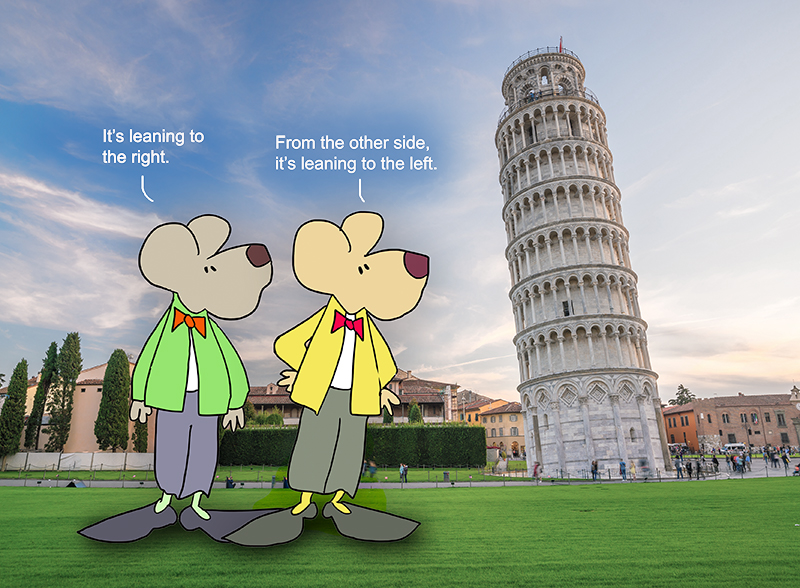Construction. We all know it. By definition, it is the building of something, typically a large structure. But of course, it doesn’t end there. We’ve all sat at a restaurant table and built a little something with the little plastic cups of dairy creamer or the small rectangular packets of jelly.
And, drive anywhere in the United States, in any direction, and before long, you’ll run into construction, especially if you frequent I-70, which seems to be in some non-stop loop of tearing up pavement and putting it back down.
It comes in all forms. But perhaps, one of the world’s most famous construction began on this date, August 9, 1173. It was a Thursday. I checked. They say Thursday’s child has far to go.
Well. Such was the case with the Tower of Pisa, located in Piazza del Duomo, which is roughly 30 miles west of Florence, Italy.
I’ve never been there in person, though that may change soon. The tower has many columns and arches, though. This tower shows that Italian architecture possessed an advanced knowledge of weight and load characteristics for this time in history.
So if they were so great, why did it lean? Well, the architect of the day didn’t account for was the base of the tower. The ground they chose was basically a dense section of clay. And we know how clay can be shaped and molded, especially when it is under the weight of 14,500 tons.
Originally it was designed to be a bell tower. And gosh darn it, the thing stood upright for over five years. But then they had to go and add a third floor. And, when the third floor was completed in 1178, it began to lean.
Can you imagine the first woman who spotted it leaning? And we know it was a woman who paid attention to those details. She was probably standing there one day, with her big loaf of bread, and sized the thing up. She bumped Luigi’s arm and said, “Does that look like it’s leaning to you?”
Of course, the town went berserk.
The leaning started at the foundation. The base is only about ten feet deep, and as mentioned, it was built on a dense clay mixture. The weight of the tower began to push down until it had found the weakest point.
What do you call a woman with one leg shorter than the other?
Eileen.
Well, with all that leaning going on, the construction work stopped for 100 years. They hoped the soil would firm up over time.
Nope.
The identity of the first architect has been disputed. But some say it was Bonanno Pisano. Not that it matters now.
Then, after 100 years, engineer Giovanni di Simone stepped into the job and started to add more floors to the tower. He thought he could compensate for the original lean by making one side of the upper floors taller than the other. Not so quick on his feet, this one. His big idea only caused the tower to lean even more.
How does the old saying go? Damn the torpedoes. Full speed ahead? Unconcerned by the leaning, they added a 7th floor in the second part of the 14th century, as well as a bell tower. They didn’t touch it again until the 19th century.
Here’s the big thinker. In 1838 architect Alessandro Della Gherardesca dug a pathway at the base of the tower to let people to admire the intricately crafted base. Of course, this caused the tower to lean more.
Today, as a temporary measure, engineers and architects installed a leaden counterweight of 800 tons. The balance.
Oh, that construction.
One thing we do every day is to construct our ideas and opinions.
May we always make sure that our foundations are sound. In hopes, those thoughts are planted on solid, supporting ground. Otherwise, we may start leaning too far in one direction or the other.
==========
“I don’t know where I’m going, but I’m on my way.”
― Carl Sandburg
==========
“And a step backward, after making a wrong turn, is a step in the right direction.”
― Kurt Vonnegut, Player Piano
==========
“It is not by muscle, speed, or physical dexterity that great things are achieved, but by reflection, force of character, and judgment.”
― Marcus Tullius Cicero
=========
The not-on-purpose leaning
